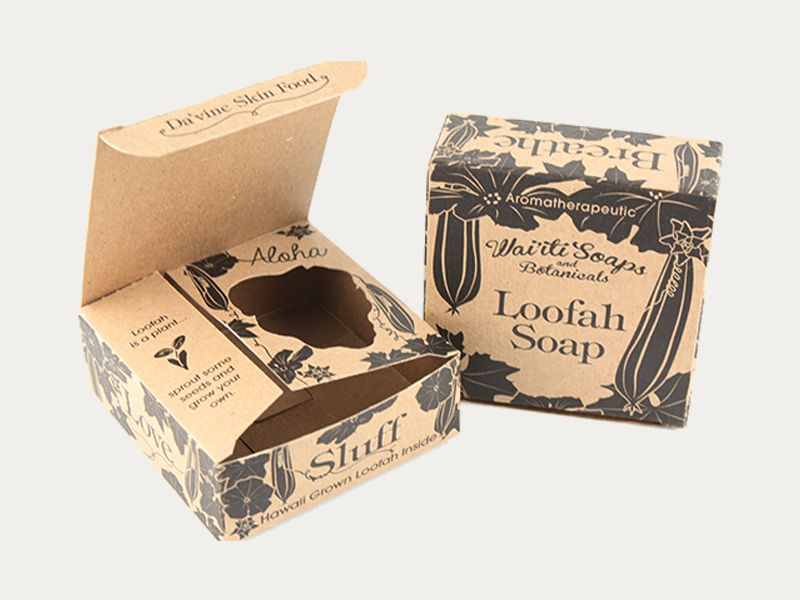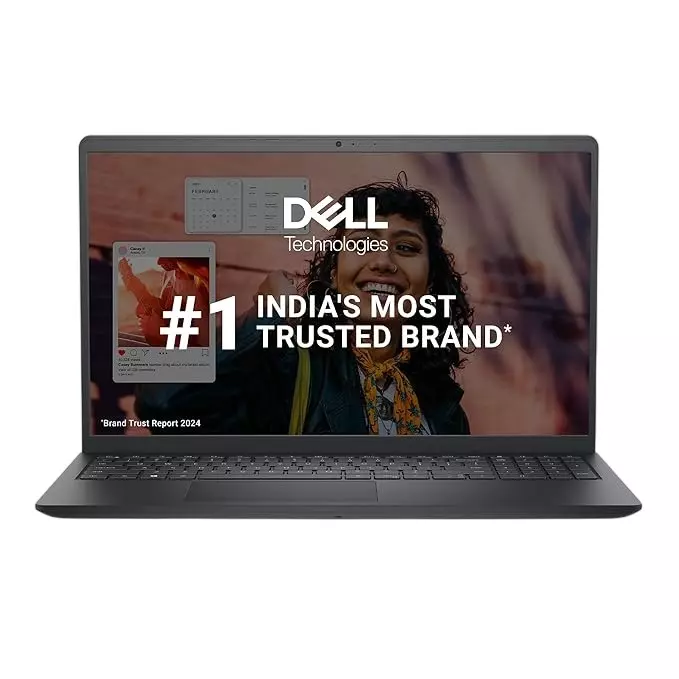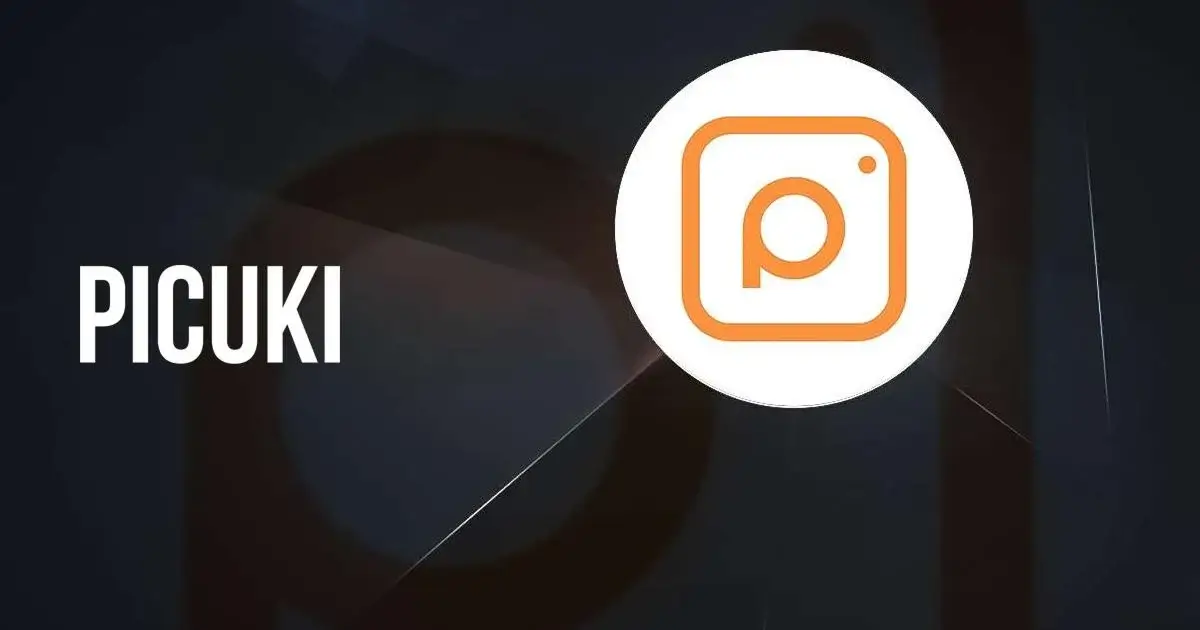When selling handmade or natural soap, your label is more than a design. It is a key part of your product. A well-made label gives customers trust and helps your soap stand out. Whether you’re a small business or a growing brand, knowing what to include on the label is very important.
The Importance of Clear Branding
Your soap label is a first impression. It introduces your product and brand to customers. Strong branding helps people remember your soap and makes it look professional. Start by thinking about your logo. If you have one, place it where it’s easy to see. Your brand name should also be clear and in a readable font.
Using natural tones and earthy colors can help connect your label to the organic or handmade feel of your soap. Avoid using too many styles or colors. A clean look often works best for natural products.
It’s also smart to include your brand’s story in a short and warm message. Tell buyers why your soap is different. Maybe you use local ingredients or avoid harsh chemicals. This type of message builds trust and keeps customers coming back.
Also, think about your label design matching the shape and size of your soap packaging. If your soap comes in a box, the label should fit well and not fold or hide important parts. Use high-quality printing so the label doesn’t fade, even if it gets wet.
Even small brands need to think like professionals. A clear, clean, and thoughtful label shows customers that you care about every part of the product.
Required Product Details to Include
Your soap label must include certain details to follow basic product rules. This helps customers understand what they are buying and builds trust. Even if you’re not selling in large stores, being clear and honest is still important.
Here’s what you should include:
- Product Name: Let buyers know what they are buying. Keep the name simple. If your soap is lavender scented, make sure it says so clearly.
- Net Weight: This tells customers how much soap they’re getting. Use ounces or grams. Make sure it’s visible on the front of the package.
- Ingredients List: List all the ingredients from highest to lowest by weight. Even natural soaps need this. If you use oils, herbs, or essential oils, list each one.
- Directions for Use: Some customers may not know how to use specialty soaps. Short directions like “Lather with water and rinse” are enough.
- Storage Instructions: A line like “Store in a cool, dry place” can help keep the soap lasting longer.
- Allergy Warnings: If your soap contains ingredients like nuts or milk, be sure to include a simple warning. This protects both you and the buyer.
- Company Info: Add your brand name and how to contact you. This could be your website, email, or social media handle.
When all of this is included, it helps make your label not just attractive but also informative. This shows buyers that you care about safety and quality.
Eco-Friendly Claims and Certifications
More people now look for products that are safe for the planet. If your soap is natural, handmade, or eco-friendly, your label should show that. But be careful—don’t make claims you can’t prove.
Certifications can help. If your soap is certified organic, vegan, or cruelty-free, include the logos. These signs give buyers confidence. Make sure these marks are real and approved by trusted groups.
If your soap is made without palm oil or uses recycled packaging, you can include short claims like:
- Made with recycled paper
- Palm oil-free
- Biodegradable ingredients
However, only use these claims if they are true. False claims can damage your brand.
You can also use simple messages like “Handmade in Small Batches” or “No Artificial Colors.” These messages are easy to understand and honest. Just make sure they match your production method.
Including these notes makes your product more appealing to eco-conscious buyers. It also helps your soap stand out in a growing green market.
Ingredient Transparency and Simplicity
Honesty in ingredients is key. Many customers check labels before they buy, especially those with allergies or sensitive skin. Keeping your ingredient list clear and simple helps build trust.
Use plain names when possible. For example, instead of “Sodium Chloride,” just say “Salt.” You can still list both if needed: “Salt (Sodium Chloride).” This helps both experts and everyday buyers understand what’s in your soap.
Natural soap often includes oils, butters, herbs, or essential oils. Make sure each one is listed. You can say something like:
- Olive Oil
- Coconut Oil
- Shea Butter
- Lavender Essential Oil
- Dried Calendula Flowers
Try to avoid ingredients that sound like chemicals, even if they are safe. Customers who choose natural products may avoid anything that sounds synthetic.
This part of your label should be easy to find and easy to read. Using plain language helps customers feel confident in your soap and your brand.
Design Elements That Attract Buyers
The look of your label can make a big difference. First impressions matter. A good design can bring attention and help buyers feel connected to your product.
Use soft, natural colors that match the feel of your soap. For example, earth tones work well with natural or handmade products. If your soap includes lavender, you might use purple or soft greens.
Fonts should be easy to read. Avoid using more than two different font styles. Clean and modern fonts usually work best.
Images can also help. Think of small illustrations of herbs, flowers, or leaves. These connect with buyers looking for natural products. Keep images simple so the label doesn’t look crowded.
Also think about where each part of your text goes. Your brand name should be large and near the top. Ingredients and directions can go on the back or side. Make sure nothing important gets hidden when the label is wrapped or folded.
Finally, think about how your label matches your packaging. A label that fits well looks more professional. That means making sure corners don’t peel or text doesn’t wrap in the wrong spot.
When your label looks and feels right, it helps customers see the care you put into your soap.
Legal Compliance and Label Standards
Even small soap makers need to follow rules. Labeling laws make sure customers get clear and honest info. These rules also protect your business from problems.
The rules can vary by country or state. In many places, soap is not treated the same as regular cosmetics. If your soap only cleans, it may not need full cosmetic rules. But if it claims to moisturize, treat acne, or has other effects, it may be seen as a cosmetic or drug.
Here are a few basic legal points:
- The front label should show the product name and net weight.
- All ingredients must be listed in order of weight.
- Company name and contact information should be included.
If you ship your soap or sell online, it’s smart to follow the strictest rules. This keeps you ready for growth.
It’s also good to have your label checked by a legal expert or consultant. This may seem like a lot of work, but it helps your brand grow safely.
Legal labels also show buyers that you care about doing things the right way. That trust can lead to long-term success.
How to Use Your Label as a Marketing Tool
Your label is not just for info—it’s a way to market your soap. Smart labels can help tell your brand story and connect with buyers.
Start with your brand’s message. Are you focused on clean beauty? Eco-living? Local herbs? Use your label to show that message clearly. A short line like “Made with Love and Local Lavender” can say a lot in just a few words.
Photos or textures on the label can also help. A kraft paper look can suggest handmade. A glossy label may suggest luxury. Choose what matches your brand.
Adding a short brand promise also works well. Examples include:
- Always Natural. Never Fake.
- From Nature to Your Skin.
- Kind to Skin. Kind to Earth.
These messages can help your soap stand out from the crowd. And when people trust your label, they are more likely to try your product.
Sustainability and Label Materials
If your soap is natural, your label should reflect that too. Using eco-friendly materials adds to your product’s value.
Look for labels made from recycled paper or plant-based films. These options look great and support your message. Buyers who care about the planet will notice and appreciate the effort.
You can also choose labels that break down over time or use vegetable-based inks. These steps may cost a bit more but show your full commitment to the environment.
Also, make sure your label still works well. It should resist water and stick firmly to the box. This helps your soap look great even after being handled or stored.
Many customers are now making buying choices based on how eco-friendly a brand is. When your label shows that same care, it adds more value to your soap and your brand.
Final Thoughts on Labeling Success
Creating the perfect label for your soap is not just about looks. It’s about making a strong, clear connection with your customers. A label that is clean, honest, and well-designed helps build trust and grow your brand.
Remember, even a small product like a custom soap box can create a big impression. Use the label space wisely. Include the right details, keep the design simple, and always be honest about your ingredients and values.
By taking care in your label choices, you’re not just selling soap. You’re offering a full experience that your customers can see, trust, and enjoy.
Visit Our Website: https://ibexpackaging.com/soap-boxes/



